DOE awarding $1.6B to 11 battery materials separation and processing projects as part of $2.8B funding
Green Car Congress
OCTOBER 20, 2022
This project will expand Anovion’s existing manufacturing capacity in Sanborn, NY—notably the only qualified US source of battery-grade synthetic graphite commercially shipping product today. Anovion’s selected site has critical infrastructure in place that will allow for an accelerated timeline for the construction of the facility.

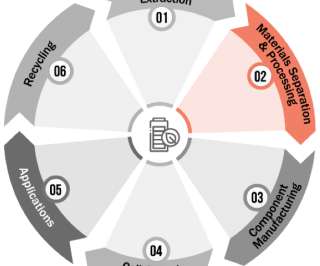

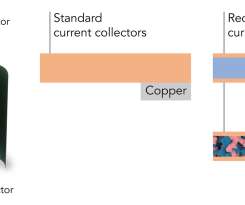




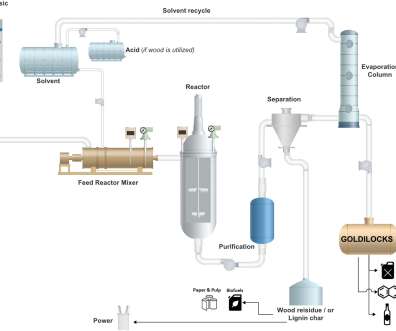












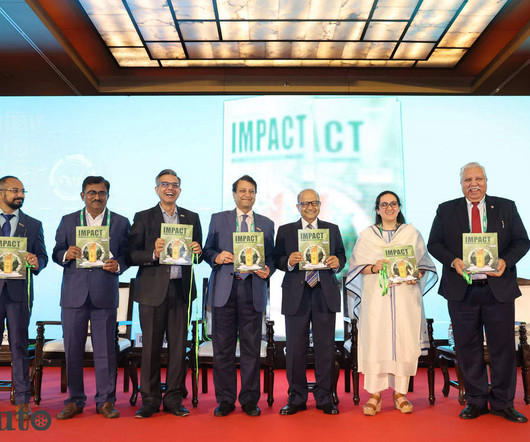
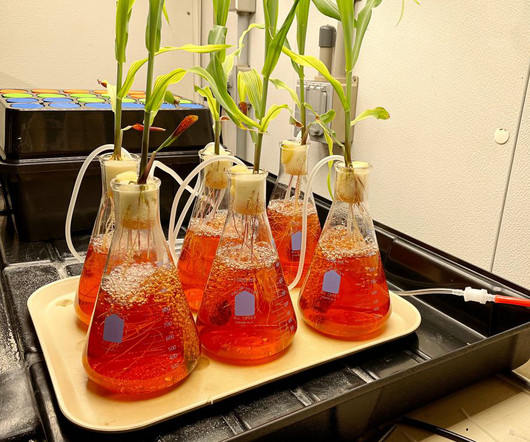



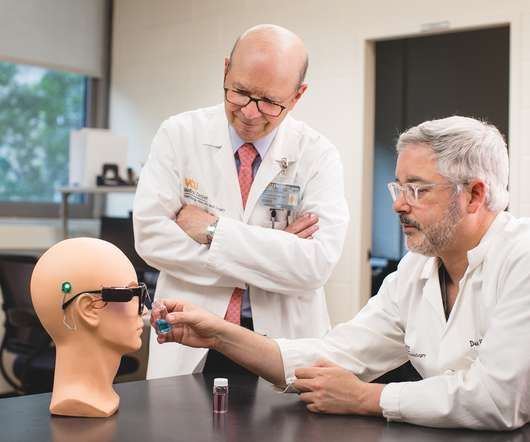



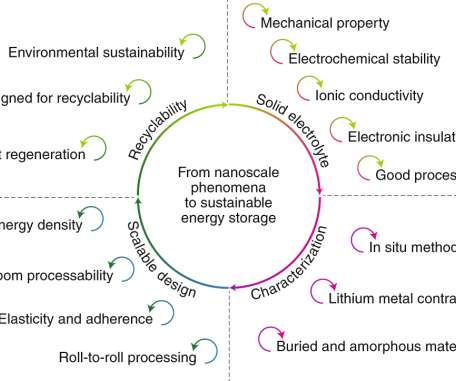









Let's personalize your content